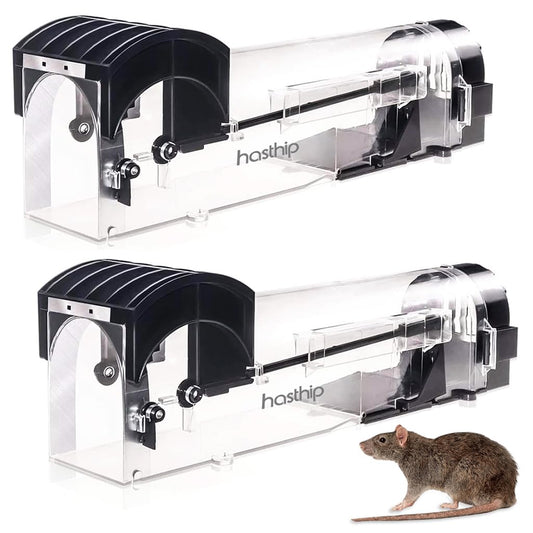The history that lead to development of Urea
Share
Once upon a time, there were two German chemists named Fritz Haber and Carl Bosch. They were both brilliant scientists, and they were both interested in the chemistry of nitrogen.
Nitrogen is the most abundant element in the Earth's atmosphere, but it is also the most inert. This means that it is very difficult to combine nitrogen with other elements, such as hydrogen.
Haber and Bosch were determined to find a way to combine nitrogen and hydrogen to produce ammonia. Ammonia is a very important compound, and it is used to make fertilizers. Fertilizers are essential for growing crops, and they help to feed the world's growing population.
Haber and Bosch worked for many years on their project. They tried many different methods, but they were not successful. Finally, in 1909, Haber developed a method for combining nitrogen and hydrogen using high pressure and high temperature.
Haber's discovery was a major breakthrough. It made it possible to produce ammonia on a large scale, which was essential for making fertilizers. The Haber-Bosch process has helped to increase crop yields and has played a major role in feeding the world's growing population.
Bosch was a brilliant engineer, and he was able to overcome the many challenges involved in scaling up the Haber process. In 1913, he successfully produced ammonia on an industrial scale.
The Haber-Bosch process is a major achievement in chemical engineering. It has had a profound impact on the world's food supply and it has helped to feed a growing population. Haber and Bosch were awarded the Nobel Prize in Chemistry in 1918 for their work on the Haber-Bosch process.
The Haber-Bosch process is a complex and energy-intensive process, but it is also very important. It has helped to increase crop yields and has played a major role in feeding the world's growing population. The Haber-Bosch process is a testament to the power of science and the ingenuity of human beings.
One membership, many benefits
Urea fertilizer is produced from ammonia by the following process:
- Ammonia is mixed with carbon dioxide under high pressure and temperature.
- The mixture is then passed through a catalyst, which causes the ammonia and carbon dioxide to react to form urea.
- The urea is then cooled and solidified.
- The urea is then packaged and shipped to farmers.
The production of urea fertilizer is a complex process, but it is essential for agricultural production. Urea is a very important fertilizer, and it helps to increase crop yields.
Here are some of the steps involved in the production of urea fertilizer:
- Ammonia production: Ammonia is produced by the Haber-Bosch process, which is an industrial process that combines nitrogen and hydrogen gas under high pressure and temperature.
- Carbon dioxide production: Carbon dioxide is produced by the combustion of fossil fuels, such as coal and natural gas.
- Urea synthesis: Ammonia and carbon dioxide are mixed under high pressure and temperature in the presence of a catalyst, such as iron oxide. This causes the ammonia and carbon dioxide to react to form urea.
- Urea purification: The urea produced in the synthesis step is impure and contains impurities, such as water and carbon dioxide. The urea is purified by removing these impurities using a variety of methods, such as distillation and filtration.
- Urea packaging and shipping: The purified urea is then packaged and shipped to farmers.
The production of urea fertilizer is a complex and energy-intensive process, but it is essential for agricultural production. Urea is a very important fertilizer, and it helps to increase crop yields.
















